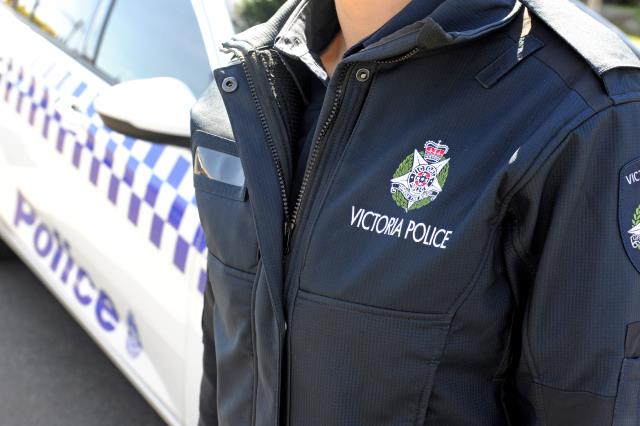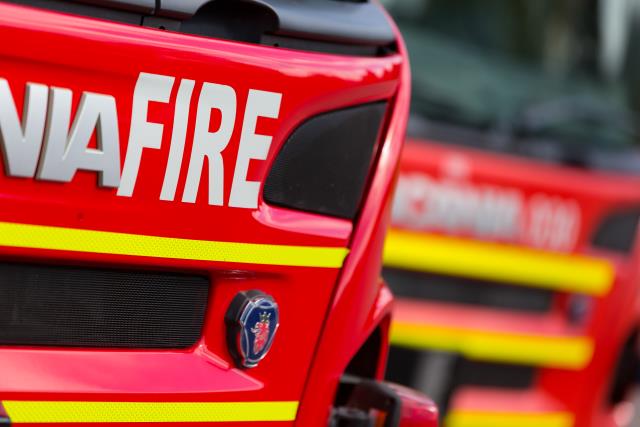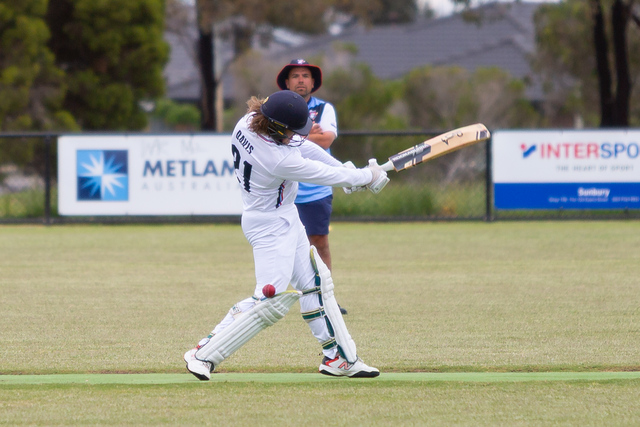Paramedics are getting to life-threatening emergencies in Melton faster, with response times falling under 12 minutes for the first time in at least four years.
New service performance figures from Ambulance Victoria reveal the average response to code 1 Melton emergencies in the three months to March was 11 minutes and 57 seconds, down from 13 minutes and 49 seconds the quarter before.
Paramedics responded to 78.3 per cent of code 1 emergencies in Melton within the target 15 minutes. Code 1 call-outs require urgent paramedic and hospitalisation, including a “lights and sirens” response.
The number of code 1 emergencies in Melton fell from 1554 in the previous quarter to 1373 in the March quarter.
In Moorabool, paramedics responded to 62 per cent of code 1 call-outs in under 15 minutes in the March quarter, with an average response time of 14 minutes and 26 seconds.
That was a significant improvement from previous quarters in which the response time hovered around 16 and 17 minutes.
Ambulance Victoria acting regional director Graeme Parker attributed the significant improvements to new vehicles, upgraded branches and changes to the criteria for dispatching code 1 ambulances.
“We know, however, that more needs to be done to meet our targets and community expectations and are committed to continued improvement,” Mr Parker said.
“The government has invested $500 million in our ambulance service to ensure our response continues to be quicker to patients who need us the most.”
Ambulance Victoria recently announced a new 24-hour ambulance service in Exford, with 14 full-time paramedics to service the area.
Work has started on a new purpose-built Melton branch, which is expected to be finished by next year.
Kororoit MP Marlene Kairouz said the state government was investing in the ambulance service to meet the “record demand” on the health system.
But the opposition accused the government of “moving the goal posts” on measuring response times following changes to the code 1 criteria.
“The announcement [about faster response times] doesn’t do anything to change the trend for residents in the west,” opposition spokeswoman Margaret Fitzherbert said.
“Today, fewer ambulances are being sent to code 1 emergencies compared to a year ago, and that means fewer Victorians are getting the most urgent response in a medical emergency.”







